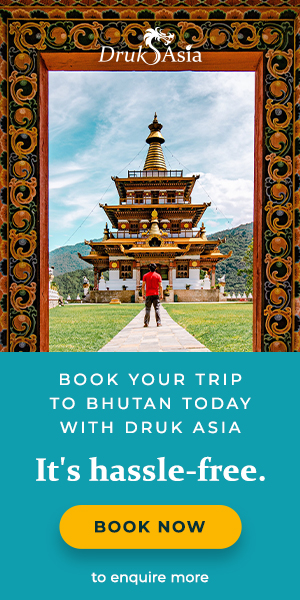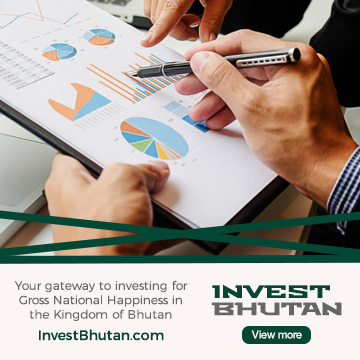Drinchengang to Become Bhutan’s First Innovative Model Village
Discover Drinchengang, Bhutan’s “village of gratitude” in Wangdue Phodrang — a centuries-old heritage settlement now being transformed into the nation’s first Innovative Model Village, blending traditional architecture, rural livelihood, and sustainable modern living.
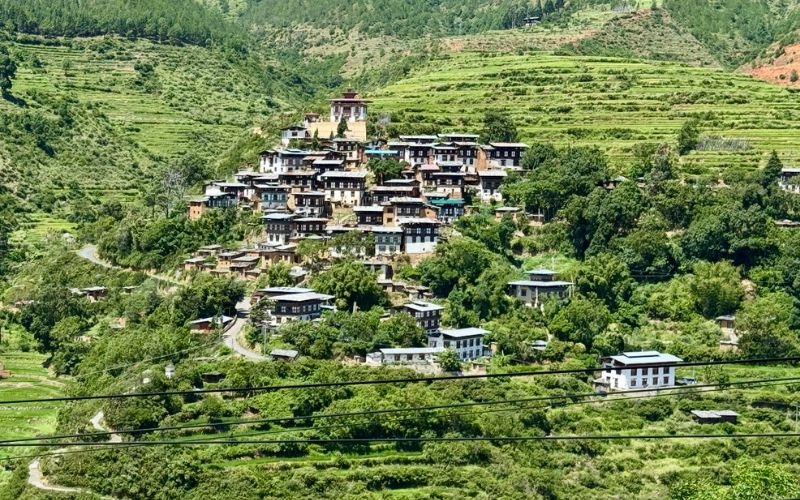
Drinchengang, once known as Rinchengang and now called the “village of gratitude,” is among Bhutan’s oldest and culturally significant settlements. Located in Thedtsho gewog, Wangdue Phodrang, in the country’s west, the village is set for a historic transformation as the first heritage settlement to be redeveloped into an Innovative Model Village under a Royal Initiative.
The Village of Gratitude
A hillside village has drawn attention for its blend of traditional architecture and rural livelihood. The settlement is characterized by tightly clustered houses with whitewashed walls and elaborately decorated windows, reflecting Bhutan’s centuries-old building style. At the center of the village stands a temple, underscoring the importance of religion and spirituality in village life.
Surrounding the core settlement, scattered farmhouses and terraced fields highlight the community’s reliance on agriculture, which remains the primary source of livelihood in the region. Set against a backdrop of misty mountains and barren slopes, the village provides a striking contrast between cultivated land and untouched wilderness, offering a living example of how Bhutan continues to preserve tradition while adapting to modern challenges.
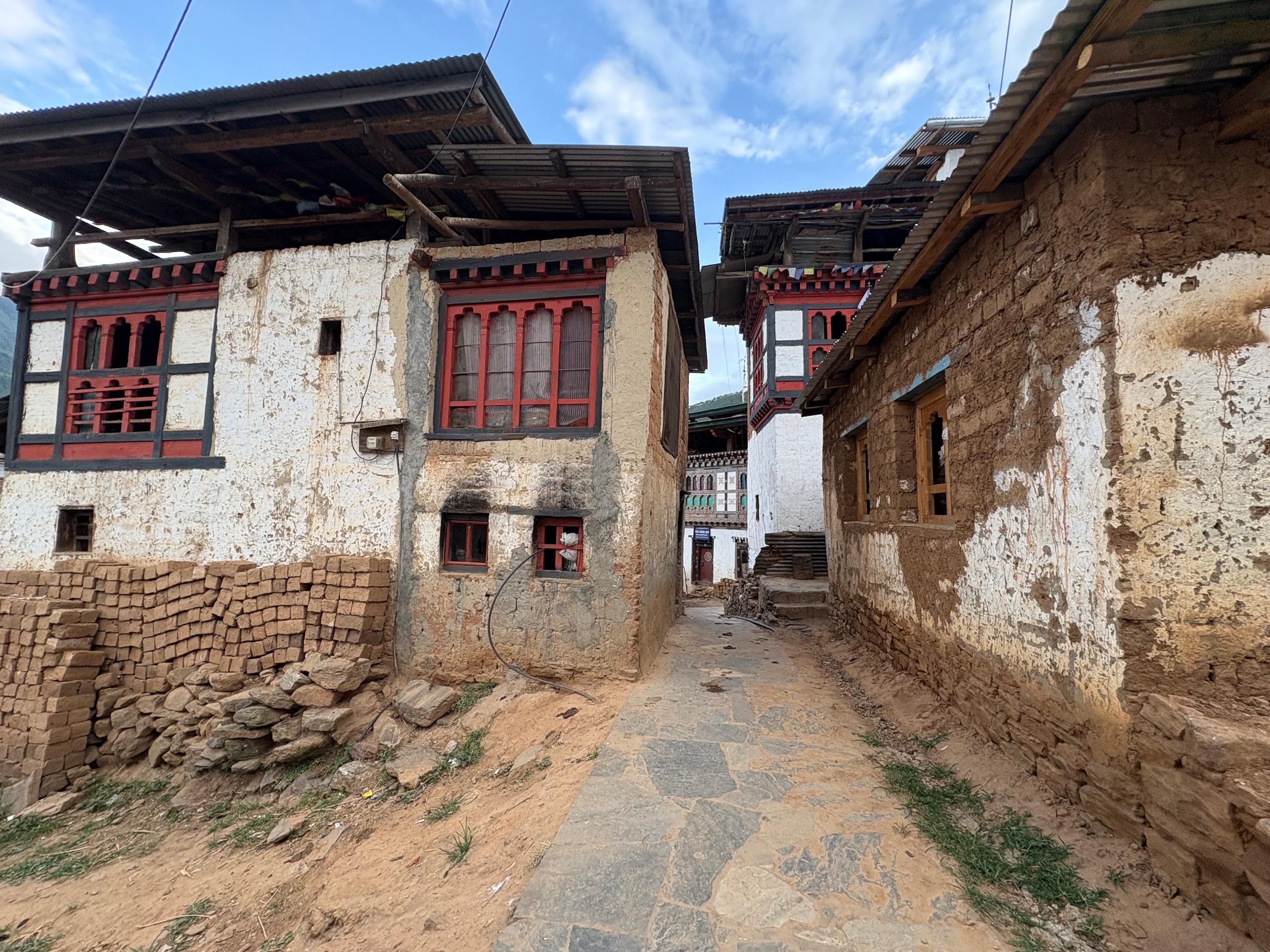
Architecture and Traditional Lifestyle
Located opposite from Wangdue Phodrang Dzong (Fortress), this centuries-old community of master stone masons will soon trade its tightly clustered hilltop homes for a modern settlement at Sulalumpa about few kilometers away from the present location which is designed to preserve its architectural legacy while embracing sustainable development and digital innovation.
The scenic topography and cultural richness make Drinchengang well worth a visit which is easily accessible by a short 5-minute uphill drive from the Thimphu-Wangdue highway, with the Punatsangchhu river running alongside the route.
Relocation and Phase-I Development
The groundbreaking for Phase I of the Drinchengang Village Development Project (DVDP) was held in June this year. The project, estimated at Nu 174.60 million, will provide interim housing, essential infrastructure, and services such as widened roads, drainage, water, power, and plumbing.
Temporary two-BHK homes will be built across 10 acres to accommodate residents during the transition. The project is being developed in phases. Under Royal Initiative, the historic village of Drinchengang is to be the first among the country’s heritage villages to be developed as an Innovative Model Village.
Currently, the entire village shares a single lag thram (land ownership certificate). After relocation, each of the 116 Maephu households will receive individual lag thrams and freehold land rights. Rooted in a rare tradition, the Maephu system brings families together under one roof, where each keeps separate rations but shares a common kitchen for cooking.
In total, the community comprises 86 households with about 800 people across 24 acres, divided into two chiwogs: Drinchengang Lho and Drinchengang Jang.
Phase I of the Drinchengang Village Development Project focuses on developing key site infrastructure, interim housing for the residents, and ensuring that their livelihoods remain stable during the transition. The phase sets the stage for future initiatives in eco-tourism, cultural industries, digital integration, and community-led enterprises.
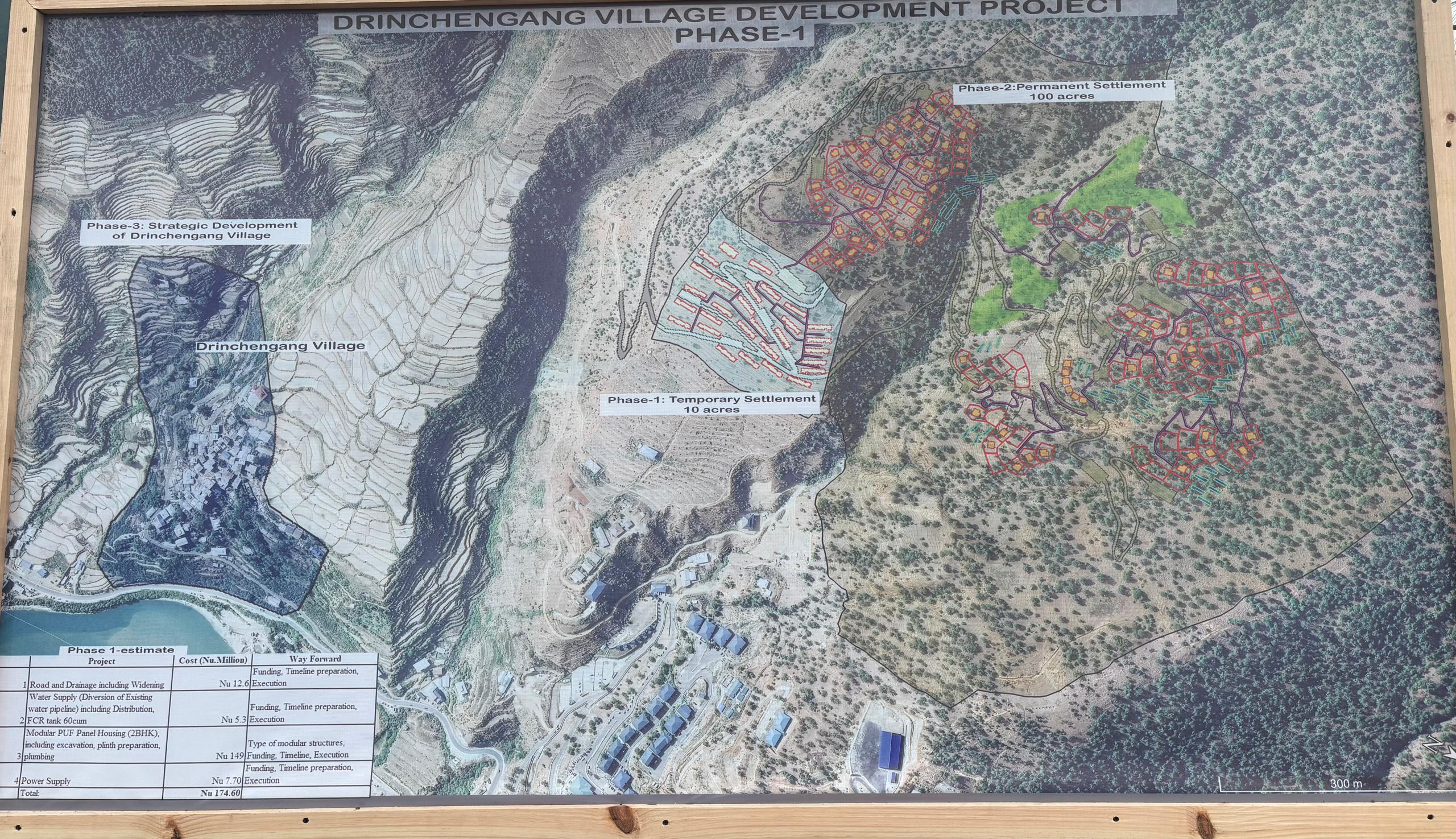
Phase II and Phase III
Phase II will see permanent housing spread across 100 acres, built just above the temporary settlement. Phase III will initiate strategic development of the new model village. Housing designs already approved mirror the traditional style of Drinchengang while addressing safety and modern needs.
Residents will relocate to the Sulalumpa site, receiving freehold land rights and modern yet culturally resonant homes. Sulalumpa lies just beyond the hilltop, about a 5–10 minute drive from the main highway. The approach takes you along winding slopes that open up to a quieter, elevated stretch of land. Located away from the bustle of the roadside, the settlement offers a sense of seclusion while still being easily accessible.
Safety concerns in the Drinchengang, where structures risk collapse, will be addressed via temporary transit camps during relocation. While the shift promises long-term benefits, challenges include adapting to new economic models (e.g., tokenization) and the transitional phase of moving. Overall, the project seeks to uplift the community while preserving village’s unique identity.
Historic and Cultural Significance
Drinchengang village is believed to have been founded in the 17th century by master masons brought by Zhabdrung Ngawang Namgyel (Founder of Bhutan), who played a key role in building dzongs and temples across Bhutan, including the nearby Wangduephodrang Dzong. Besides being an important piece of Bhutan’s historic and cultural heritage, the village is distinctive due to the adobe homes clustered together picturesquely on a hilltop across the Wangduephodrang Dzong, surrounded by terraced fields.
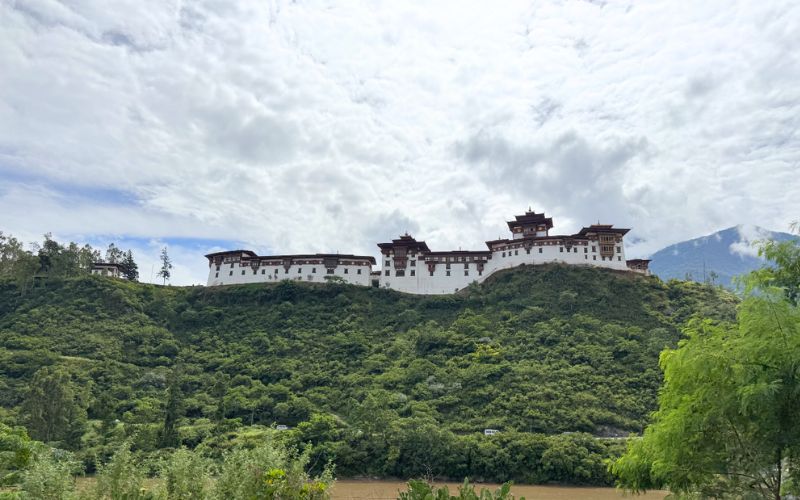
The pioneering project will serve as a template for future projects across villages in Bhutan, transforming the rural heartlands of the country in line with the vision for 21st century Bhutan to draw from its heritage and chart its own path for progress. The residents of Rinchengang largely depend on paddy cultivation and grow some vegetables, although limited land availability restricts large-scale vegetable farming.
The village is home to a nearly 300-year-old traditional house, once renovated but now left locked. It has remained unoccupied since the passing of its owners, while their son now lives in another district. The relocation site at Sulalumpa has been approved by the Project Steering Committee, and housing designs reflecting the traditional architectural style of Drinchengang are already in place. Land ownership matters have been resolved: the state will assume control of the existing village, while relocated residents will be granted freehold ownership of their new plots.
Tourism and Economic Prospects
There are plans to establish an entrance fee as part of the tourism revenue strategy and sustainability of the village, but the specific amount and implementation details (e.g., fee structure, exemptions, or collection methods) have not been finalized.
Residents of Drinchengang say that during the tourist season, many visitors explore the village, sometimes entering homes and enjoying the scenic surroundings.


